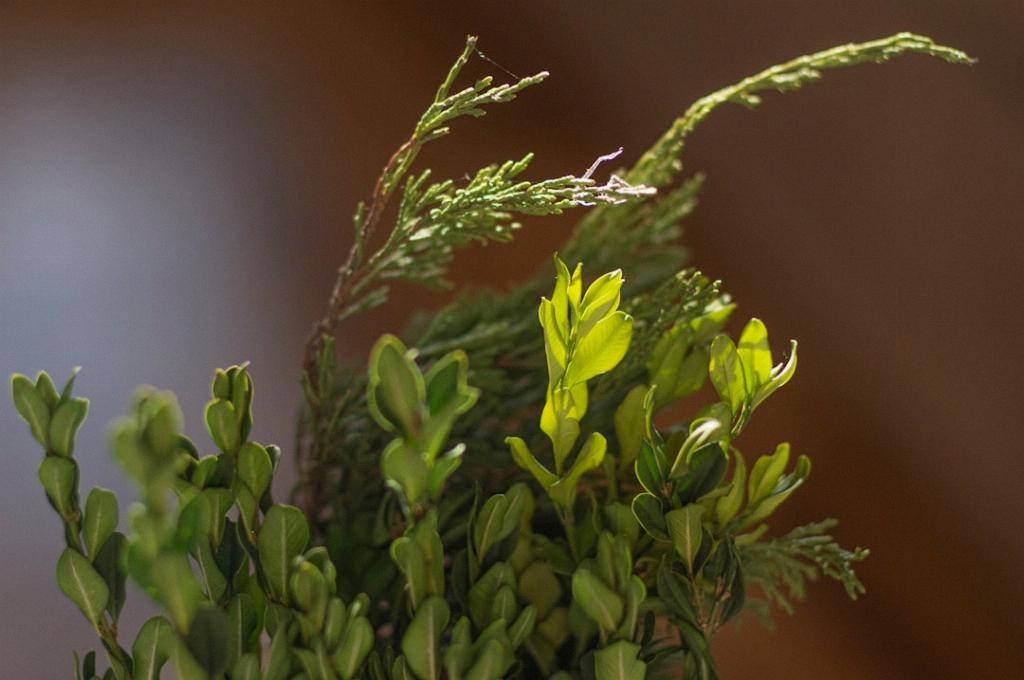When it comes to trimming boxwoods, it’s crucial to proceed with caution and adhere to certain guidelines to ensure the health and beauty of these versatile shrubs. These evergreen plants can be pruned, but there are limits to how much you can cut back without causing harm. So, the question arises: How far back can you trim boxwoods?
One key rule to keep in mind when pruning boxwoods is to never remove more than one-third of the plant’s mass in a single pruning session. This is essential for preventing shock and encouraging healthy regrowth. If you have a boxwood that has grown too large and needs to be reduced in size, it’s best to approach the pruning process gradually over the course of two to three years.
During the first year of pruning, aim to remove approximately one-third of the plant’s mass. This initial trimming will help reduce the overall size of the boxwood while minimizing stress on the plant. By spreading out the pruning over multiple seasons, you give the boxwood time to recover and adjust to the changes.
After completing the first round of pruning, wait until the following year to tackle the next phase. In the second year, you can safely trim back another third of the boxwood’s growth. This gradual approach allows the plant to acclimate to the pruning and continue to thrive without experiencing excessive shock.
By following this two to three-year pruning plan, you can effectively manage the size of your boxwoods without risking their health. This method ensures that the plant remains in good condition while achieving the desired shape and size. Remember, patience is key when it comes to pruning boxwoods!
Another important factor to consider when trimming boxwoods is the timing of the pruning. It’s generally recommended to prune boxwoods in the late winter or early spring before new growth begins. This timing allows the plant to heal quickly and minimize stress during the growing season.
When pruning boxwoods, it’s also essential to use sharp, clean tools to make precise cuts. Avoid tearing or damaging the branches, as this can leave the plant vulnerable to disease and pests. Make sure to sanitize your tools before and after pruning to prevent the spread of any potential infections.
While boxwoods are resilient plants, it’s important to monitor them closely after pruning to ensure they are responding well to the trimming. Keep an eye out for any signs of stress, such as wilting or browning leaves, and adjust your care accordingly. Providing adequate water and nutrients can help the plant recover efficiently.
Overall, when it comes to pruning boxwoods, taking a gradual and cautious approach is key to maintaining the health and beauty of these beloved shrubs. By following the one-third rule and spreading out the pruning over multiple years, you can trim your boxwoods back without causing harm. Remember to time your pruning carefully, use the right tools, and monitor the plant’s response to ensure successful results.

